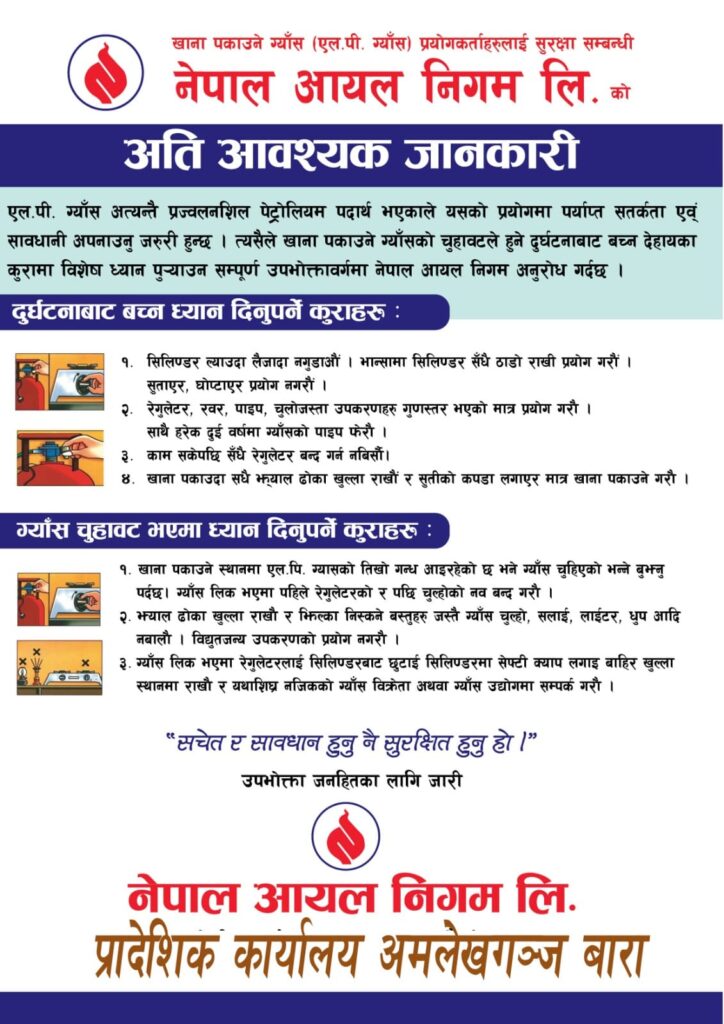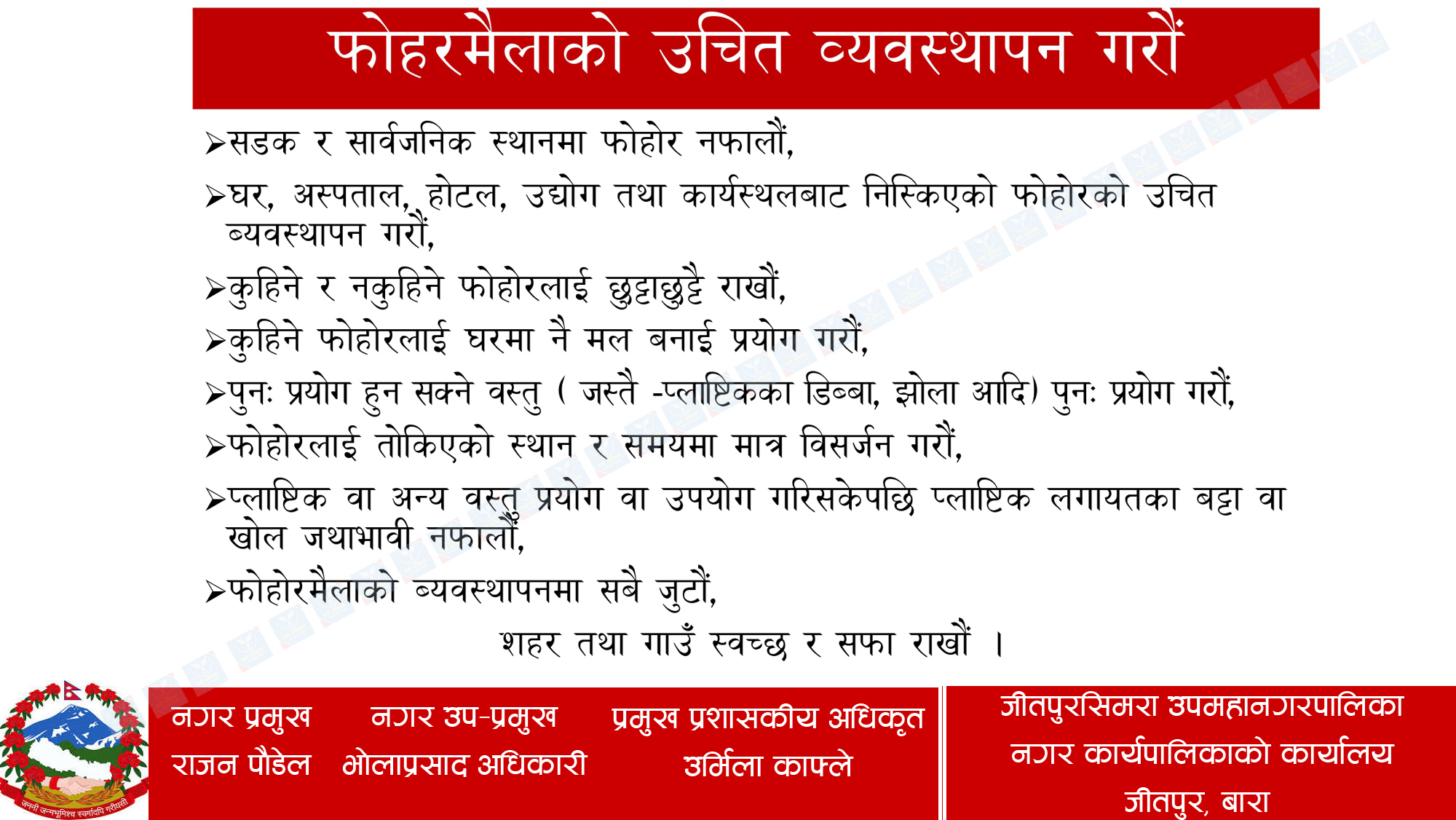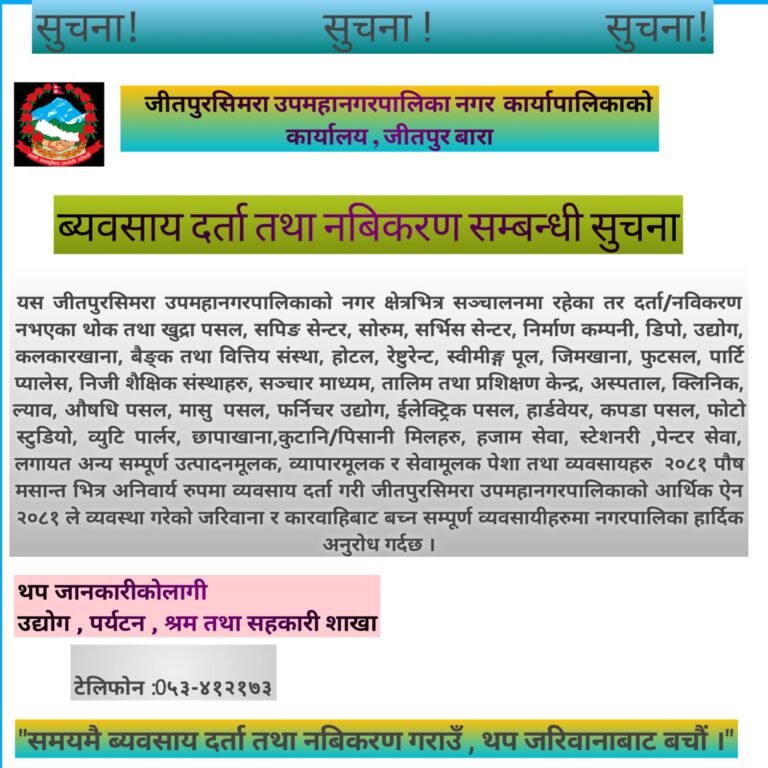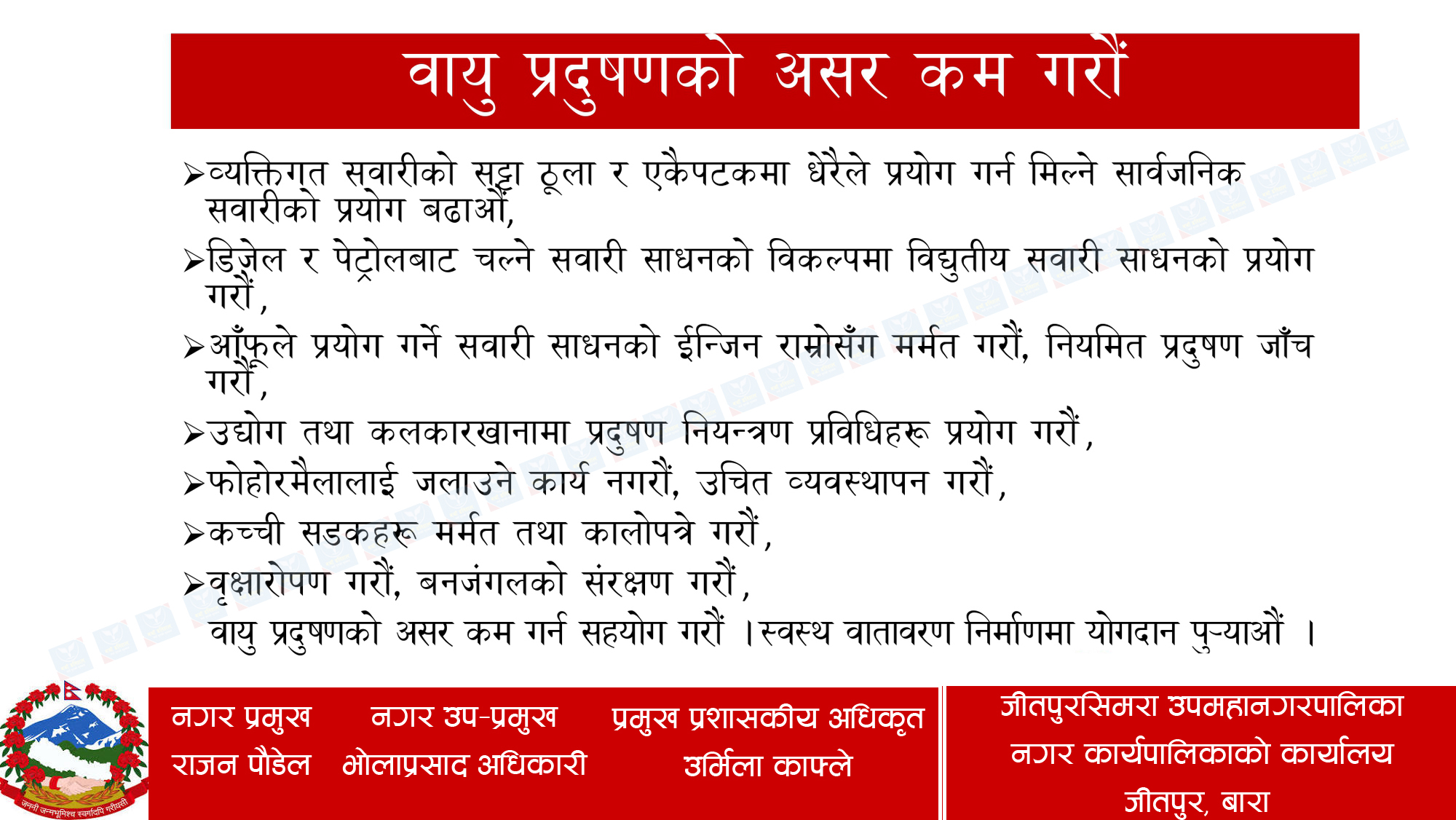The "Jhulan Mahotsav" or Swing Festival is one of the unique celebrations in Mithila. You may currently see the beauty of this celebration every evening in the Mithila temples.
The Swing Festival is celebrated every year by Hindu devotees, especially those who follow the Hindu religion, in Mithila's multiple temples and monasteries. Raksha Bandhan is a holiday that starts on the third day of the bright fortnight in the month of Saun and lasts until the full moon.
Lord Sita and Lord Radhakrishna are traditionally swung in beautifully painted swings during the Jhulan Mahotsav. The idols of the gods are put on a special throne that is built for each temple and decorated with elaborate decorations before being gently rocked back and forth as is traditional.
Lord Ram and Sita are set up on one side of the swing, while other cultural events, including dramas, dances, bhajans (devotional music), and storytelling, are presented on the other. In the community of Sadhus (ascetics), this celebration is extremely important.
A number of religious ceremonies, such as singing devotional songs and properly cutting the ceremonial thread of the swing during the month of Saun, are performed at the Jhulan Mahotsav, which is followed by the Mani Parvat ceremony.
Traditional Jhulan songs like Kajari and Malari have been disappearing from celebrations in recent years. Saints, sages, and followers nevertheless continue to observe Jhulan in the hope that doing so will bring them joyously closer to Lord Ram and Sita.
Throughout the Saun month, the monasteries and temples in the Mithila region celebrate Jhulan Mahotsav with tremendous fervor, culminating in the official severing of the Jhulan thread at midnight on Saun Purnima. The celebration brings followers closer to their religion in a special and happy way, and it is a vital and beloved aspect of this area's religious and cultural legacy.
Mahanth Surkishor Das usually conducts a ritual in Janakpurdham to start of Jhulan Mahotsav.










